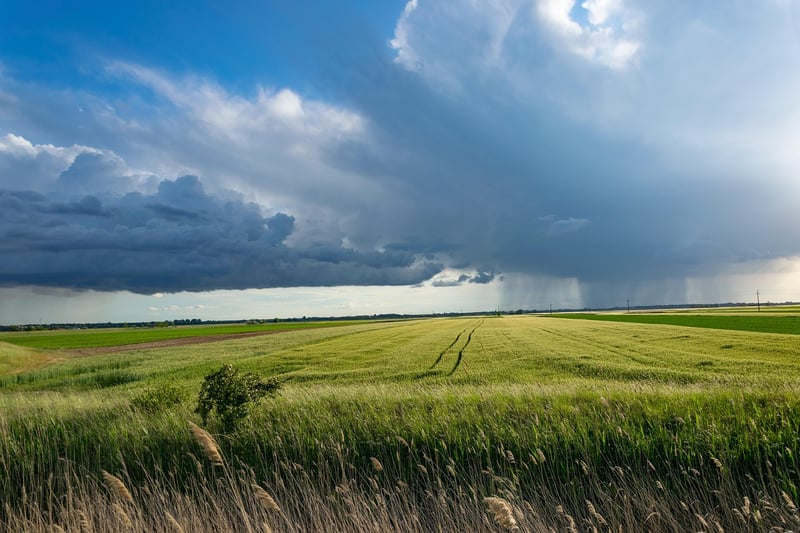Living Skyscrapers
High-rise Sustainable Agriculture: The Future of Urban Farming
As cities continue to grow and green spaces become more scarce, the concept of high-rise sustainable agriculture has emerged as a solution to the challenges of urban food production. Combining innovative farming techniques with modern architecture, these living skyscrapers are redefining the way we think about farming in urban environments.
The Benefits of High-rise Sustainable Agriculture
1. Maximizing Space: By utilizing vertical space, high-rise farms can produce a large amount of food in a small footprint, making efficient use of limited urban land.
2. Reducing Food Miles: With farms located within the city, the distance food needs to travel from farm to table is significantly reduced, leading to fresher produce and lower carbon emissions.
3. Improving Air Quality: Plants in high-rise farms help absorb carbon dioxide and release oxygen, contributing to cleaner air in urban areas.
4. Community Engagement: High-rise farms can also serve as community spaces, providing educational opportunities and fostering a connection between city residents and their food source.
Living Skyscrapers: A Glimpse into the Future
Imagine a skyscraper that not only houses offices and apartments but also features lush greenery climbing its exterior walls and rooftops. These living skyscrapers are designed to integrate agriculture into the very fabric of the building, creating a harmonious blend of urban living and sustainable food production.
One such example is the Bosco Verticale in Milan, Italy. This pair of residential towers is covered in trees, shrubs, and plants, providing a green oasis in the heart of the city while also helping to combat air pollution and reduce energy consumption.

These living skyscrapers not only offer environmental benefits but also create a unique and visually striking architectural statement. They showcase a vision of a future where buildings do not just consume resources but actively contribute to a more sustainable urban ecosystem.
The Path Forward
While high-rise sustainable agriculture and living skyscrapers represent a promising future for urban farming, there are still challenges to overcome, such as optimizing water and energy usage, ensuring food safety, and integrating these structures into existing city infrastructure.
However, with continued innovation and collaboration between architects, urban planners, and farmers, we can pave the way for a more sustainable and resilient food system in our cities.
Are you ready to embrace the future of farming in the sky?
Learn more about urban agriculture and sustainable living at CityFarmers.com.
